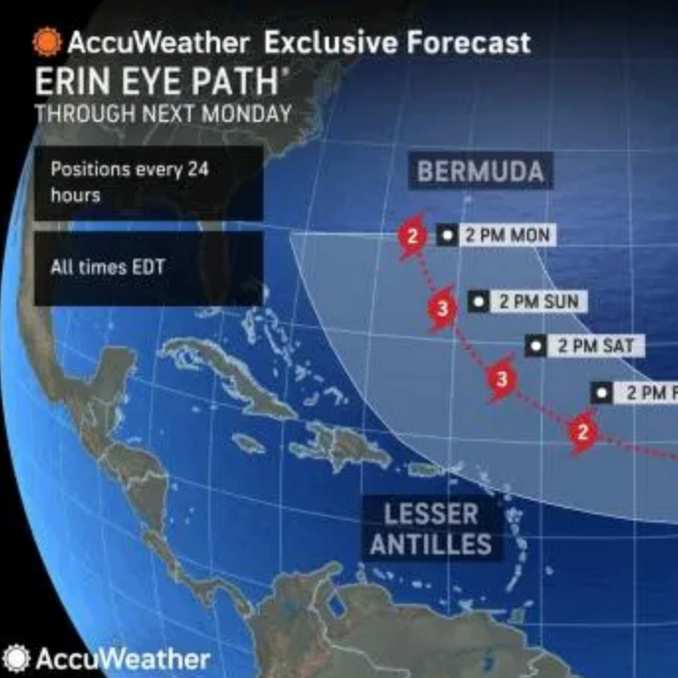Strategic Direction Recovers Arbitration Case
A luxury 24-unit Manhattan condo, built in 2013, sustained catastrophic damage after a water supply line on the rooftop bulkhead froze, then burst. After months of negotiation, the Board and Managing Agent reached an impasse with their insurance carrier, who demanded arbitration for what they believed to be a $150,000 loss.
The Board contacted Eastern Public to assist with the arbitration hearing. After careful review of the case, Eastern Public advised the board to take a different approach. We engaged the insurance carrier, arranged for the carrier to withdraw their arbitration demand contingent on Eastern Public investigating, preparing and presenting the claim in a full and fair manner. Following extensive efforts, EP strategy resulted in the resolution of the claim for over seven figures, and helped the client avoid costly litigation.
Our Work
News & Press








